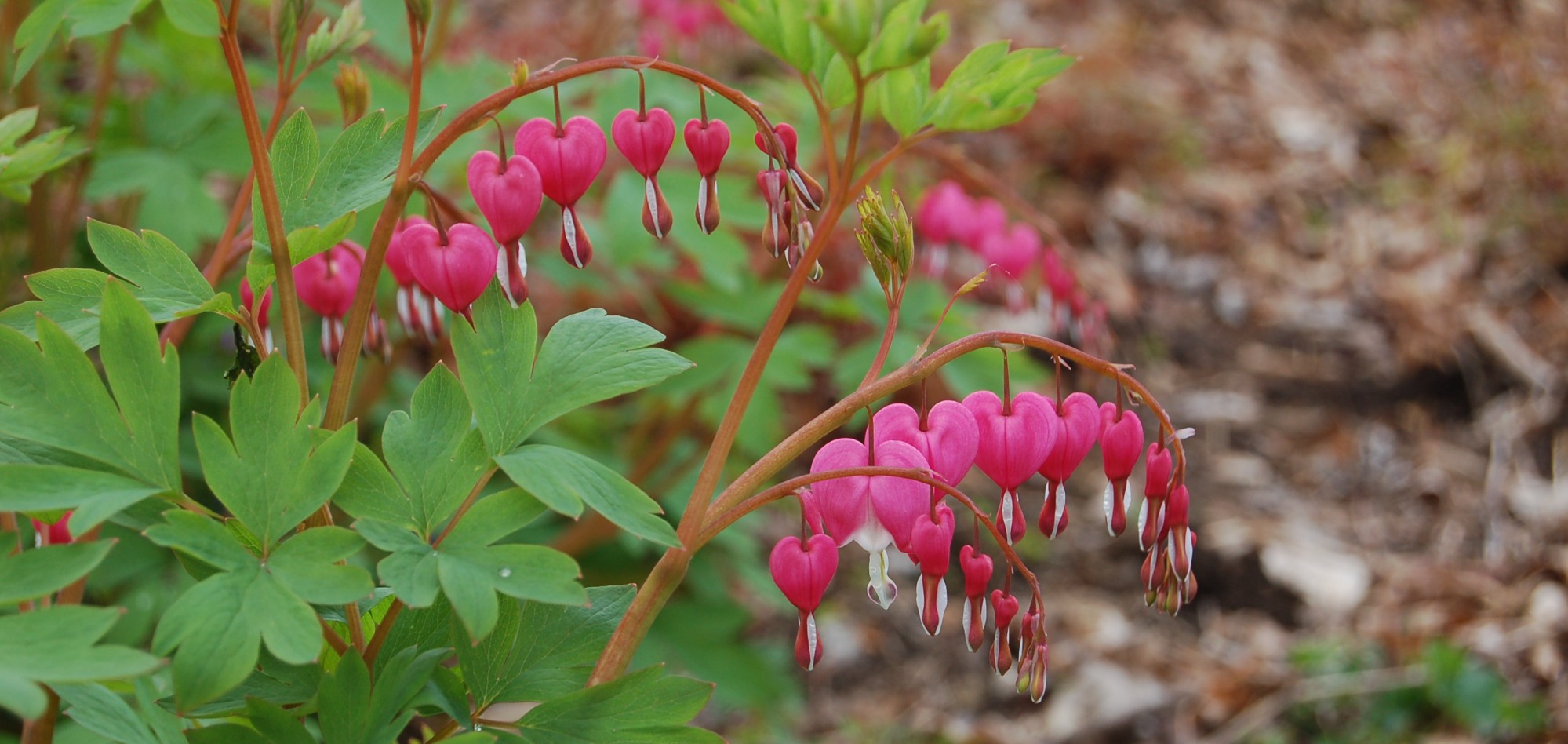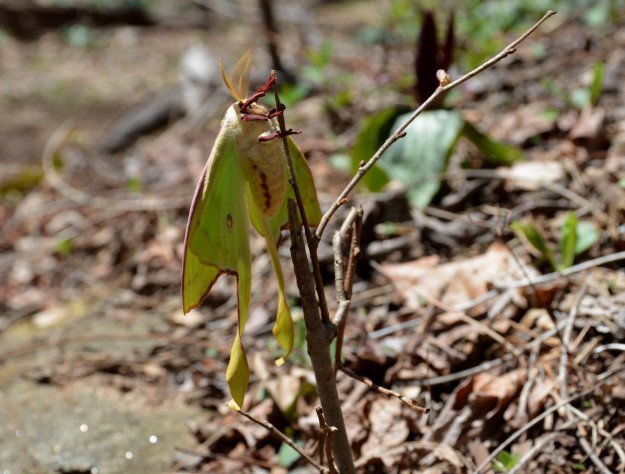On Saturday, I had the good fortune to hike with the Greenville Natural History Association, by invitation of Bill Robertson, an acclaimed Upstate nature photographer. I was a bit worried about the expedition to Chestnut Ridge, especially after I saw the elevation profile.
Bill said he was only hiking the first mile, however, and I really should come along. I’ve been eager to hike with Bill, who’s very generous with his knowledge and encouragement, and decided to plunge in. Once I met up with the group at the car-pooling location on Saturday, I noted I was younger than most and was optimistic I could hold my own on the trail.
On the ride to the Heritage Preserve, I met and got to know Ian and Jane, members of the Association and frequent hikers. I later learned Ian routinely hikes 10 miles several times each week and is an excellent photographer, as well as a photography teacher for OLLI at Furman University.
The early blooms on Chestnut Ridge are mostly the same as those in my woodland garden, primarily sweet Betsy trillium (T. cuneatum) and bloodroot (Sanguinaria canadensis), but it was instructive to watch the process of the photographers in the group, who true to Bill’s word, pulled up at the first area of native wildflowers while the rest of the hikers continued on towards the Pacolet River.
I took a few pics with my new camera, a Nikon D7100 which is well beyond my grasp of understanding. On this occasion, however, I knew time was better spent watching Bill and Ian, who were taking macro shots using a tripod and diffuser.
Bill’s photograph, shown here, uses the stamens of the second flower to create a golden glow around the foreground bloom.
After a while, Ian decided to hike to the river to have lunch with Jane and, foolish in my new-found confidence, I invited myself to go with him to rejoin the group. As soon as we topped Squirrel Mountain and began the steep decent to the river, I had serious misgivings because I knew the return trip could well get the best of me.
I love hikes that have a treat at the terminus and the Pacolet River didn’t disappoint. Though the waterway is small, it is located in a deep valley gorge and offers a sandy bank at the river crossing that is perfect for a picnic. When we arrived, the group was just dusting themselves off for the return hike, so Ian and I quickly ate a few bites. Lynne, the hike leader, stayed behind to “sweep” and I was much relieved to have a second encourager as we watched the group quickly disappear up the trail.
On the return, as I usually do when I’m in over my head, I just put my head down and pressed the gas. Though I was huffing and puffing, our small group was about halfway up Squirrel Mountain when Lynne spied a garter snake writhing beside the path. Closer inspection showed the snake had snared a Southern Appalachian salamander (Plethodontid teyahalee) and we watched as the snake slowly worked its way from the amphibian’s mid-section down to the tail so it could turn its prey and devour it.
Needless to say, we thought this would be the trill of the trip, but we were surprised a second time only steps beyond the summit, when I discovered a Luna moth (Actias luna), just emerged from its chrysalis and drying in the warm sunshine.
If you look closely, the moth can be distinguished as a male by its antennae, which are larger and wider than those of the female. Though not rare, the Luna is seldom found because its life is brief. The adult doesn’t have a mouth or eat because its single purpose is to mate, and thus it only survives about a week.
Stopping along the way to photograph the snake and moth allowed me to catch my breath. The return trip was strenuous, but luckily and with many thanks to Ian and Lynne, I made it back to the start of the trail without too much discomfort or embarrassment.
The name of this blog, Hortitopia, is a word (horti + topia = garden + place) made to describe, in part, the amazing region where I live. I’m grateful every day to enjoy its unique and wonderful species diversity. To learn more about the Upstate, read my first blog post here.

A clump of sweet Betsy (Trillium cuneatum) flourishing among a large patch of spring-beauty (Claytonia virginica)
And this, our life, exempt from public haunt, finds tongues in trees, books in the running brooks, sermons in stones, and good in everything. ~ William Shakespeare








